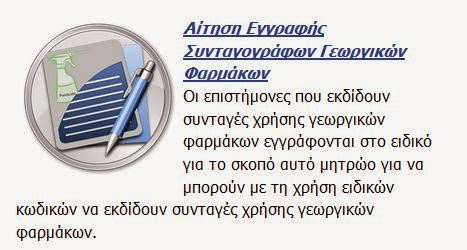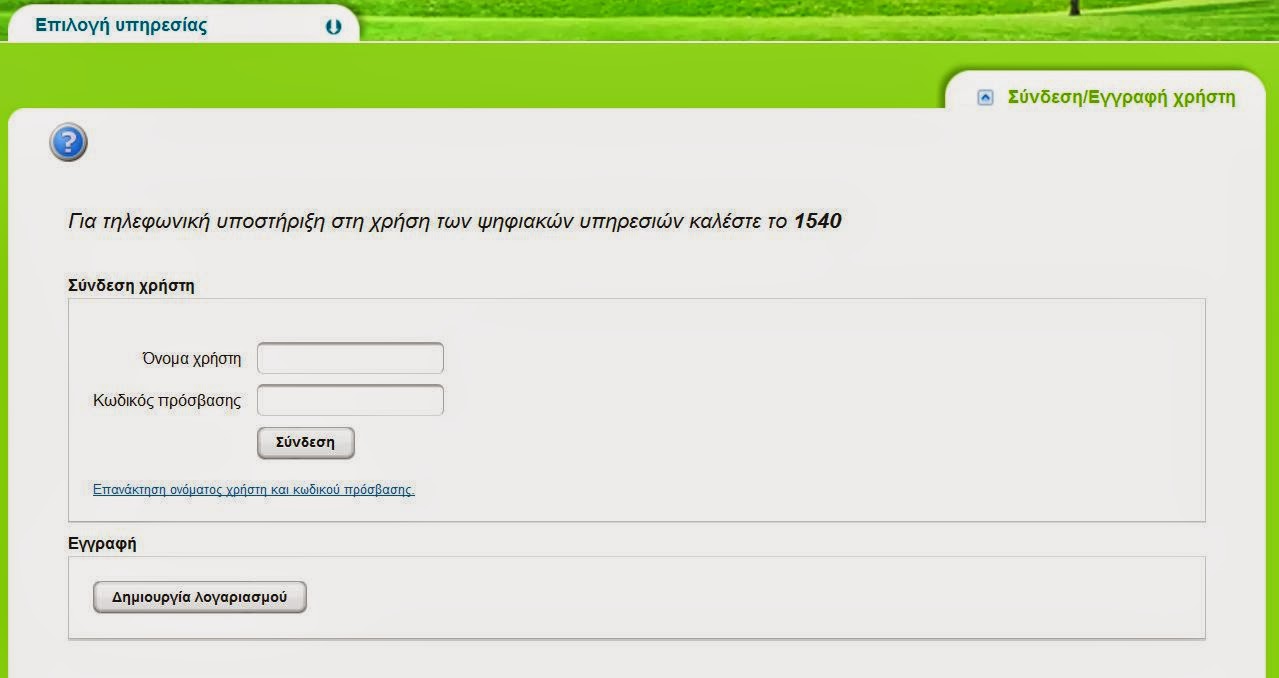Πηγή:
Two beekeepers in Australia have invented what is believed to be the world's first hive that allows fresh honey to be collected without having to disturb the bees and with no threat of stings.
Two beekeepers in Australia have invented what is believed to be the world's first hive that allows fresh honey to be collected without having to disturb the bees and with no threat of stings.
Credited with "revolutionising" beekeeping,
Cedar Anderson and his father Stuart borrowed money from friends and
family and spent a decade creating a contraption which they say is
"easier on the beekeeper and on the bees".
The pair began selling their invention on a crowdsourcing site and raised $1.7 million (£1.1 million) in the first 24 hours.
"It is incredible – I am shocked," Stuart Anderson, 60, a former social
worker, told The Telegraph. "I didn't anticipate how many people must
have been hovering, waiting for something like this."
The father and son team – both amateur inventors – come from a long line of backyard beekeepers near the popular surfing and tourist destination of Byron Bay in northern New South Wales.
Their contraption, called the Flow Hive, consists of plastic artificial honeycomb cells in which the bees leave honey before sealing the cells with wax. A lever then splits the wax and turns the cells to create zigzagging channels for the honey to flow out via a tap into a trough below.
Mr Anderson said his grandfather would "rob" honey from hives in trees on neighbouring properties and his father began keeping bees legally in the garden.
He and his son have long kept hives in their backyard – handing out honey to friends – and began searching for a better way to extract the honey.
Cedar Anderson, 34, a musician who describes himself as a "backyard engineer", said "it has gone totally nuts".
"About a decade ago, I started thinking there must be a better way than ripping the hive apart and getting stung and sweating out in your protective gear in the sun," he told The Telegraph.
"I thought it was ridiculous. It took a while but we got there."
The pair initially searched through global patents and discovered that
no device existed. The closest was a device which someone applied for in
the 1920s but it was never invented; in any case, according to Stuart
Anderson, the plans were flawed and would not have worked.
"We looked up patents when we realised we were onto something," he said. "There was something from the 1920s but they put it in and went no further.
We were surprised there was nothing out there and we were surprised we could then keep it quiet for so long."
Cedar Anderson said the main stumbling block in developing the device had been finding a way to remove the honey from the cells – until he had a "eureka moment".
"For ages I was trying to get honey out of the hexagon cells but the problem was with the viscosity and surface tension of honey which means it stays in the shell if you tip it upside down," he said.
"One morning I had a brain wave. I realised that it could be a cell when the bees were filling it up but could turn into something else when you want to get the honey out."
This led to the inclusion of a lever which splits the full cells and creates channels down which the honey flows.
The next challenge for the duo will be to fulfil the incoming orders – more than 4,000 in the first 12 hours. They hope to begin sending out the first hives in June but will try to find larger overseas manufacturers, possibly in the United States.
"Our dream was that this would increase the bee population around the world and help people become engaged with bees," Stuart Anderson said. "Hopefully now people won't need to spend as much time harvesting."
The father and son team – both amateur inventors – come from a long line of backyard beekeepers near the popular surfing and tourist destination of Byron Bay in northern New South Wales.
Their contraption, called the Flow Hive, consists of plastic artificial honeycomb cells in which the bees leave honey before sealing the cells with wax. A lever then splits the wax and turns the cells to create zigzagging channels for the honey to flow out via a tap into a trough below.
Mr Anderson said his grandfather would "rob" honey from hives in trees on neighbouring properties and his father began keeping bees legally in the garden.
He and his son have long kept hives in their backyard – handing out honey to friends – and began searching for a better way to extract the honey.
Cedar Anderson, 34, a musician who describes himself as a "backyard engineer", said "it has gone totally nuts".
"About a decade ago, I started thinking there must be a better way than ripping the hive apart and getting stung and sweating out in your protective gear in the sun," he told The Telegraph.
"I thought it was ridiculous. It took a while but we got there."
"We looked up patents when we realised we were onto something," he said. "There was something from the 1920s but they put it in and went no further.
We were surprised there was nothing out there and we were surprised we could then keep it quiet for so long."
Cedar Anderson said the main stumbling block in developing the device had been finding a way to remove the honey from the cells – until he had a "eureka moment".
"For ages I was trying to get honey out of the hexagon cells but the problem was with the viscosity and surface tension of honey which means it stays in the shell if you tip it upside down," he said.
"One morning I had a brain wave. I realised that it could be a cell when the bees were filling it up but could turn into something else when you want to get the honey out."
This led to the inclusion of a lever which splits the full cells and creates channels down which the honey flows.
The next challenge for the duo will be to fulfil the incoming orders – more than 4,000 in the first 12 hours. They hope to begin sending out the first hives in June but will try to find larger overseas manufacturers, possibly in the United States.
"Our dream was that this would increase the bee population around the world and help people become engaged with bees," Stuart Anderson said. "Hopefully now people won't need to spend as much time harvesting."





